
views
Your Skin's Needs

Determine your skin type. Most skin is oily, dry, combination, or normal. If your skin type is extremely oily or dry, reference general guidelines on how to care for oily skin and dry skin.

Determine if your skin is sensitive to harsher ingredients. If your skin already becomes red, irritated, or acne-riddled when exposed to the sun, other skin products, or perfume, then you have sensitive skin.
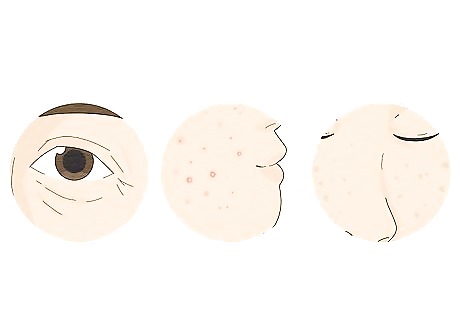
Determine target concerns for your skin. These might include wrinkling, acne, dull skin, or dark spots.
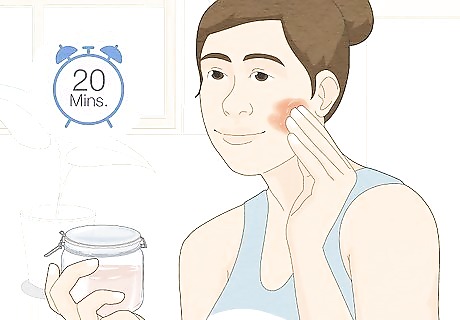
Decide how much time and effort you want to spend on your skincare. A full skincare regimen involves exfoliator, cleanser, toner, moisturizer, and spot treatments, but you do not have to use all five. Most skin products either clean or moisturize your skin.
Natural Remedies
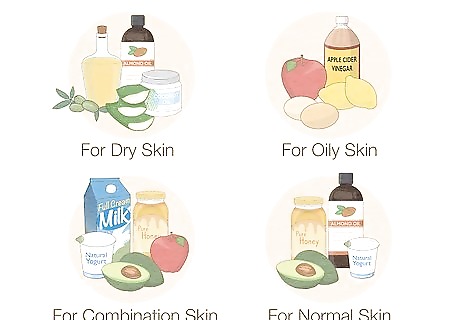
Pick which ingredients you want to use. Below is a list of moisturizing at-home ingredients. For dry skin: olive oil, coconut oil, almond oil, cream, honey, avocado, aloe vera For oily skin: lemon juice diluted with water, egg white, tomatoes, shredded apple, shredded cucumber, apple cider vinegar For combination skin: yogurt, milk, honey, avocado, shredded apple, shredded cucumber For normal skin: yogurt, honey, avocado, almond oil, green tea
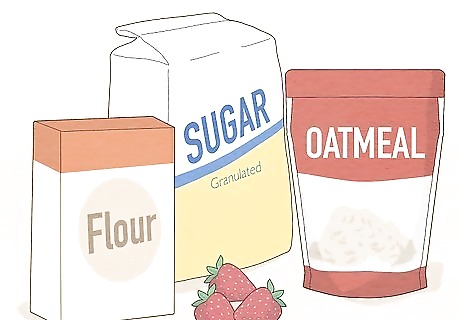
Decide if you want to make a scrub with some of the above ingredients. Scrubs slough off dead, dull skin cells while locking moisture into the remaining skin. Most scrubs are equal parts liquid (listed above) and exfoliant (listed below): Sugar, brown or white Flour Oatmeal or dried oats Fresh strawberries
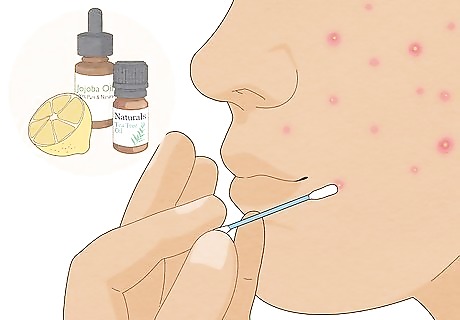
Pick ingredients to treat acne if applicable. You can apply spot, leave-on treatments to acne so that your skin clears up while not irritating other skin areas. These are best applied with Q-tips or cotton balls. 3 drops of tea tree oil that has been diluted to 5-15% to your problem area daily. 6 drops of jojoba oil to keep your skin moisturized while not promoting acne growth. 3 drops of lemon juice to your problem area daily. The acidity of lemon juice kills a lot of bacteria causing acne.
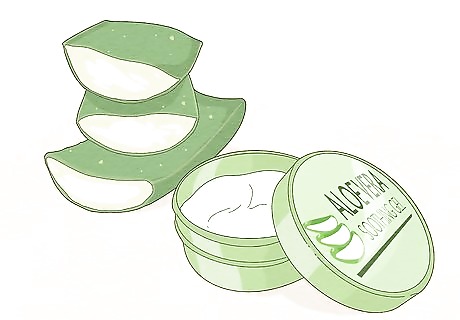
Pick your daily moisturizer. This can be an oil, aloe vera gel, or any other moisturizing lotion that does not aggravate your skin if left on for more than 15 minutes. It may seem strange to use a moisturizer that contains oil when you have acne, but oil dissolves other oils, and the sebum in acne is an oil. Many dermatologists recommend oil-based moisturizers because they are hygroscopic and attract/hold water, which will hydrate your skin. You can buy a moisturizer that is all-natural or organic, but not made at home.
Starting a Regimen

Take your ingredients and mix them together to create your skin masks, scrubs, and moisturizers. Listed below are some examples of common masks and scrubs: 1 egg white and 1 tablespoon (14.8 ml) lemon juice 1 ripe avocado and 2 tablespoons (29.6 ml) yogurt
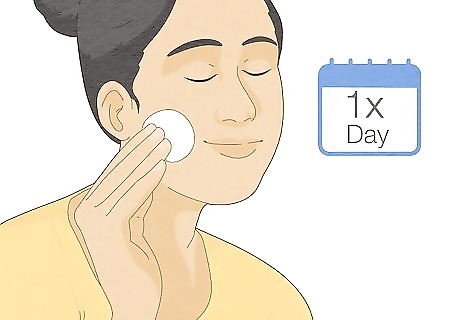
Introduce your new regimen slowly. First try your new regimen for 1 day out of the week, then 2, then 3. Depending on your skin type and chosen ingredients, you might only need your face mask once a week, or scrub twice a week. Notice what balance is best for you.

Wash your skin 1 time a day, and always moisturize right after while your skin is still damp. If you have dry or sensitive skin, use warm water. Use light and gentle motions to cleanse. This may help prevent wrinkles and will not irritate your skin.
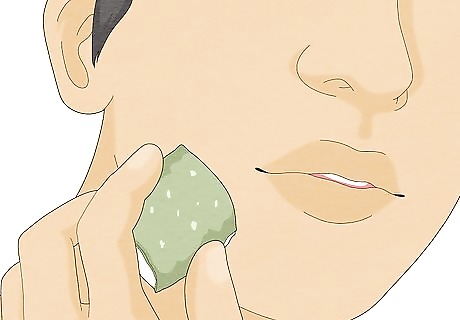
Moisturize right before going to bed unless you have oily skin, so that your skin can absorb moisture while you are sleeping. This is particularly important for dry skin areas.


















Comments
0 comment